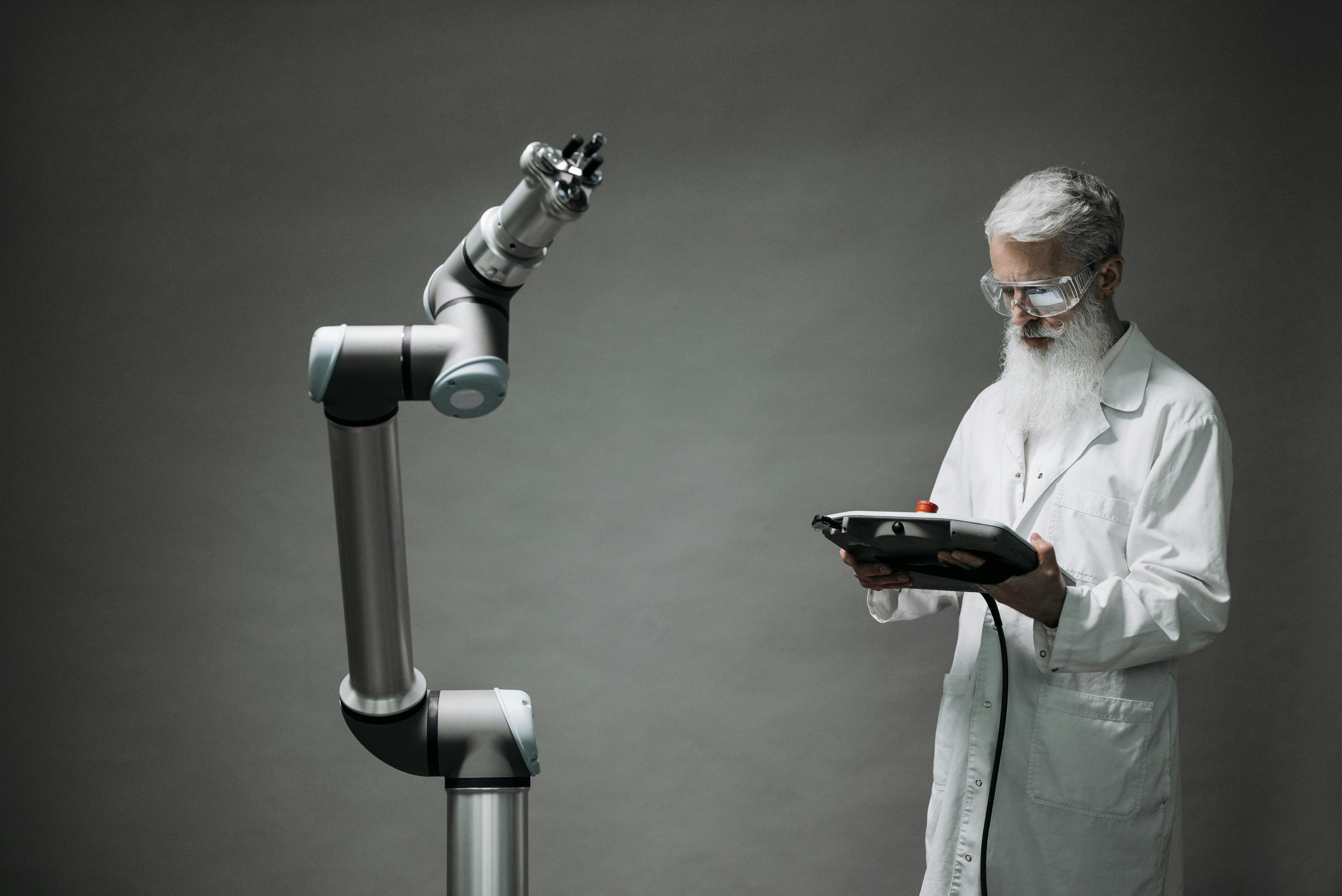In today’s retail and service environments, smart coffee solutions that offer high consistency, scalability, and ease of maintenance have become key criteria for commercial adoption. Based on advanced automation control technologies and incorporating Specialty Coffee Association (SCA) brewing standards, this platform integrates modular hardware architecture, data-driven algorithms, and cloud-based remote management. It enables comprehensive deployment—from standalone machines to full-site integration. This system-oriented design not only enhances product stability and flavor reproducibility, but also significantly reduces maintenance costs, making it an ideal solution for chain retailers, branded venues, and smart vending scenarios.

Photo by https://www.pexels.com/zh-tw/photo/8438990/
Transforming Professional Brewing Standards into Automated Control Parameters|Reproducing the Consistent Flavor of Specialty Coffee
Specialty coffee is not merely synonymous with manual brewing—it embodies a comprehensive and rigorous set of process standards, including precise control of extraction temperature, water pressure, grind size, brew ratio, and flow rate.
This is achieved through:
- High-precision pressure sensors and thermally stable PID controllers
-
- Servo motor-driven grinding and tamping modules
- Dual-channel heat exchange stabilizers.
Each cup is brewed with high reproducibility, maintaining deviations within ±1°C for temperature and ±0.5 Bar for pressure. This standardized process design ensures that coffee quality remains unaffected by operator skill levels or variations in the operating environment, thereby enhancing overall operational consistency.
Modular Architecture|Enabling Fast Deployment and Maintenance-Friendly Operation
Different environments demand varying sizes, features, and serving capacities for coffee equipment. By adopting a “mechanical modularity + configurable software” approach, the system provides high flexibility, including:
- Optional add-ons such as an independent hot water system, refrigeration module, and milk frothing unit—customizable based on site requirements
-
- Standard-sized modules (e.g., water tanks, bean hoppers, and powder cups) designed for easy maintenance, replacement, and consumable management
- Dual-cup simultaneous brewing and multi-language touchscreen interface, reducing learning curves and improving user accessibility
For operators in chain restaurants, hybrid commercial spaces, or unattended kiosks, this design significantly lowers deployment and maintenance costs, while allowing flexible customization of menus and flavor profiles to suit seasonal or regional preferences.
Replicating Specialty Coffee with Data Algorithms|Perceptual Modularization × Brewing Standardization
What Is the Specialty Coffee Association (SCA) Standard?The SCA standard is internationally recognized as a benchmark for specialty coffee quality. It is especially reflected in the brewing stage, where five critical factors—water temperature, water quality, pressure, grind size, and brew time—determine the consistency and quality of each cup.
The barista’s intuitive actions are translated into machine-readable algorithms and data parameters to ensure every brew can be consistently replicated. By establishing a precision sensor architecture that simulates the tactile and visual feedback experienced during extraction, corresponding brewing algorithms (such as pressure profiling and segmented flow rate control) concretize the SCA process into traceable numeric models.
Coupled with interchangeable modular components (e.g., brewing heads and latte art modules) and adaptive, self-optimizing control logic, the system automatically fine-tunes parameters in response to different bean varieties and environmental changes. This achieves stable replication of artisanal flavors and truly realizes the automation, standardization, and scalability of specialty coffee production.
From Standalone Units to Full-Site Solutions|Integration Capability Determines Deployment Success
The adoption of automated coffee equipment has evolved beyond the acquisition of standalone machines into comprehensive solutions that integrate venue layout, operational workflows, and system connectivity. From self-service coffee kiosks and open counters to mobile coffee carts, modern environments require not only consistent brewing performance but also seamless integration with payment modules, ordering interfaces, membership systems, and backend inventory management.
Through modular design, flexible configuration architectures, and system integration support, these solutions enable rapid deployment across diverse spatial conditions and ensure smooth interoperability with existing operational platforms, effectively reducing implementation costs and accelerating commercial scalability.
Building a Stable and Scalable Smart Coffee Ecosystem
As the coffee industry moves toward simultaneous trends of premiumization and automation, we empower brand partners to gain a competitive edge through a robust technical platform and highly flexible product architecture.
From mechanical design and process algorithms to cloud-based management, every element is built with scalability and serviceability at its core—bringing the vision of “great coffee, automatically” to life.









.png)




